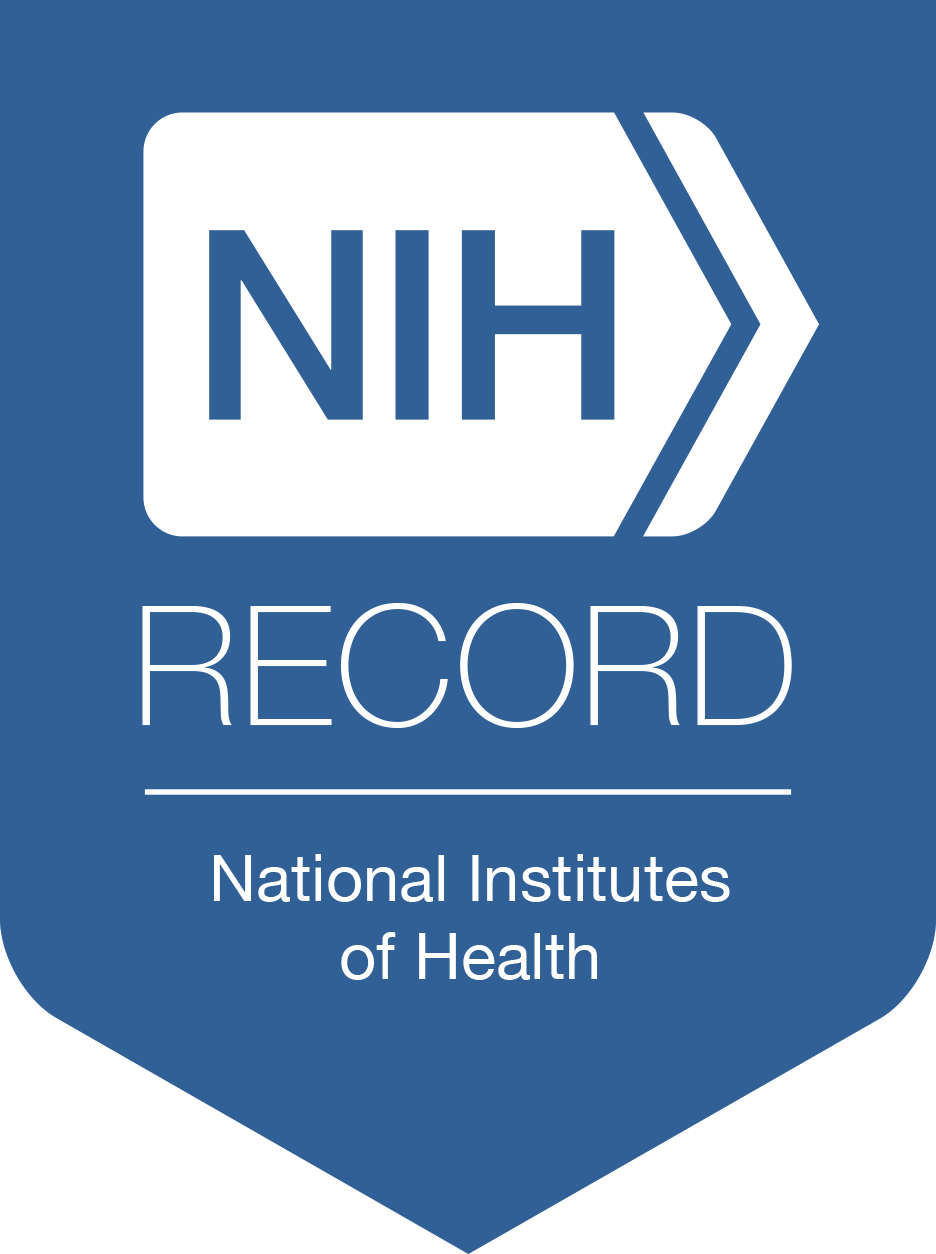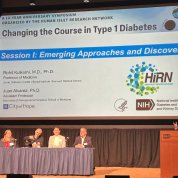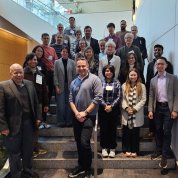NIH-Supported Network Celebrates a Decade of Advancing Diabetes Research
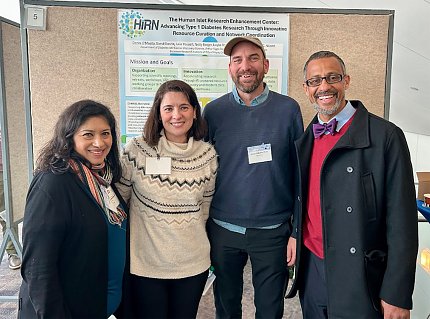
Photo: HIREC/HIRN
At a recent NIH symposium, more than 400 scientists convened to celebrate 10 years of productivity and progress in type 1 diabetes research from the NIH-funded Human Islet Research Network (HIRN). Since 2014, HIRN has contributed groundbreaking insights into the field of type 1 diabetes.
“NIH remains committed to supporting the best science,” said Dr. Griffin Rodgers, director of the NIH’s National Institute of Diabetes and Digestive and Kidney Diseases (NIDDK). “Through HIRN, we plan to continue to focus on robust science, achieve significant research progress and translate that progress into improving the health of all people.”
HIRN aims to understand how beta cells are lost in type 1 diabetes and find innovative strategies to protect or replace these cells in people with the disease. Beta cells, located in the pancreas, produce the hormone insulin, which is essential to getting glucose into the body’s cells to be used for energy. In people with type 1 diabetes, their immune system attacks and destroys their beta cells, leading to severe insulin deficiency that can be life-threatening.
To achieve its goals, HIRN comprises several complementary consortia, each with its own scientific mission. This structure allows HIRN to evolve as research goals are met, and new opportunities emerge.
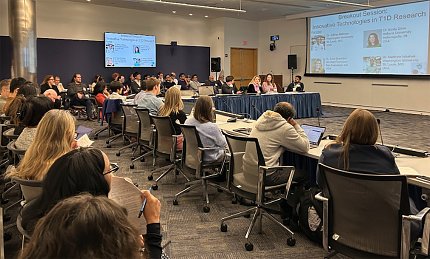
“HIRN continues to evolve,” said Dr. William Cefalu, director of NIDDK’s Division of Diabetes, Endocrinology and Metabolism. “Based on scientific advances, HIRN’s scientific consortia, which are focused on specific areas, are merging; new consortia are being implemented, and new initiatives are being discussed to move us into the future. HIRN has been and will remain a key component to inform us on the pathogenesis, detection and treatment of type 1 diabetes.”
Since its inception, HIRN has published more than 1,040 scientific papers and made transformative discoveries, including uncovering a new, distinct, early stage of type 1 diabetes and identifying potential therapeutic targets. For example, HIRN researchers found that a blood pressure medication, which targets a protein that is elevated in people with type 1 diabetes and triggers beta cell death, can delay type 1 diabetes progression. Another HIRN study showed that synthetic T cells can be designed to suppress autoimmunity in targeted tissues such as pancreatic beta cells, making it a promising approach to treating type 1 diabetes and other autoimmune disorders.
Using the latest technologies, the network has also created valuable resources to benefit the broad scientific community, including an online resource, PanKbase (Pancreatic Knowledge Base), which aims to provide scientists within and outside of HIRN with datasets to help advance knowledge of the pancreas and type 1 diabetes. In addition, HIRN researchers have developed sophisticated mouse models that mimic key features of type 1 diabetes, enabling novel studies on disease mechanisms and preclinical testing of potential new treatments.
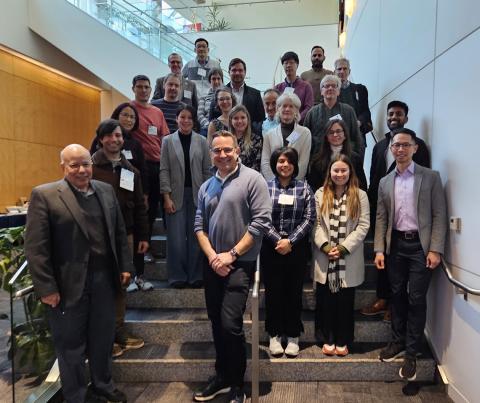
Another important priority of HIRN is fostering future generations of diabetes researchers through career development programs and opportunities for collaboration with HIRN scientists. These training and development efforts help ensure that researchers will continue fulfilling HIRN’s important mission for decades to come.
At the symposium, early-career researchers and experts from many disciplines—including biology, physiology, immunology, bioengineering and genomics—had opportunities to interact, attend more than 100 poster presentations and share about how their various fields have influenced and will continue to contribute to HIRN’s outstanding scientific track record and the type 1 diabetes research community.
HIRN’s focus on multidisciplinary and collaborative science, advanced technologies and career development are keys to its success and give promise to more advancements in type 1 diabetes research.
